The home improvement industry chain mainly includes three major businesses: design, hardwear and softcover. The design and hard-wearing businesses at the front end of the industrial chain are traditionally covered by design companies and home improvement companies; while the soft-packing business includes sales of furniture and home appliances. Design and home improvement are located at the upstream end of the entire home industry chain, and have a natural advantage in reaching customers and acquiring customers. In particular, because the designer grasps the design leadership of the entire hard and soft installation, it is often possible to directly determine the choice of the subsequent soft-packed furniture brands and products. Although the current soft-pack design is not popular in the domestic mass market, it can be foreseen that with the trend of consumption upgrade, consumers' aesthetics and tastes will gradually improve. The soft-pack design relies on the designer's professional ability to form and hard in style. The unification of the design of the installation enhances the consumer's satisfaction with the overall home style and furniture products. Therefore, for the downstream furniture enterprises, the expansion of the subdivision direction of the home appliance has a high strategic significance for competing for the front-end traffic import, grasping the design dominance, directly promoting the performance improvement, and extracting the upstream profits of the industrial chain. Second, fine decoration (2B) and self-contained (2C) become the trend The home improvement business is divided according to customer channels, mainly including the decoration of B-end customers (developers, etc.) and the home improvement business for the majority of C-end consumers. According to the current industry-recognized definition, the packaged service is “customer-centered, based on the overall design, providing a full range of services such as decoration materials, foundation construction, soft assembly, custom furniture, design and installation, etc. Functional overall home improvement solution." From this macro definition, 2B, 2C's self-contained services cover a one-stop, one-stop home experience from design, hardwear and softcover. However, such a whole industry chain assembly business has not yet been realized in China. At present, the domestic package service, 2B main performance is fine decoration delivery; and 2C is currently covering the design and hard clothing, design and soft clothing (full house furniture customization) and other related business. 1, fine decoration becomes a trend: grasp 2B (developer, etc.) resources In 2018, the penetration rate of fine decoration in first- and second-tier cities has exceeded 50%, and the first-tier cities have even approached 90%. In the first half of 2018, the number of provinces (cities) that introduced fine decoration policies nationwide reached 19, and clear requirements were placed on the proportion of fully renovated houses. With the market support of policy support and consumption upgrades, it is believed that the penetration rate of finely decorated homes will continue to increase in 2019 and in the next few years. Therefore, for home furnishing companies, from now on, expanding and grasping 2B resources (developers, etc.) as early as possible in 2019 is the key to securing the future of the soft-packing market and the smart home market. It is also an important action to seize the market share of the industry with less effort. 2, C-end self-assembly / whole house customization becomes a preference model for consumer decoration According to the research results of the DCCI Internet Data Center, nearly 40% of the owners who are renovating in 2018 tend to choose the whole house furniture customization/packaging service and the well-known brand of home building materials to save time and energy in the decoration stage, among them, 80 After 90%, it accounted for 82%. The other 60% choose the clearing/semi-package repair mode. It is believed that with the continuous improvement of the quality of life and the growth of the younger generation to become the main consumer of the home market, the whole set of models will become the preference of most consumers. For home furnishing enterprises, there are two main ways to develop a 2C business: vertical industrial chain extension and open ecological platform. Regardless of the method used, the active deployment of designers and home improvement company resources in 2019 is a direction that home furnishing companies can begin to consider. 1. Verticalization of industrial chain extension The extension of the vertical industrial chain will help the home furnishing enterprises to quickly expand the market in a short period of time by relying on the designer team, the relevant resources of the home improvement company, and the home improvement business experience. However, the choice of designers and home improvement companies is especially important because only specific subjects can be selected for cooperation. Only by working with designers and home improvement companies with professionalism, strong business capabilities, strong resources, and high-quality products can we maintain a leading edge in the race against competitors of the same type. At present, the concentration of the home improvement industry is very low, and the market share of the leading 2E-based Dongyi Risheng is only 0.2%. The extremely fragmented market conditions have led to the difficulty of achieving a rapid scale in the verticalization of the industrial chain. On the other hand, the resources of quality designers and home improvement companies are limited. For example, at present, the home improvement market is mixed, and consumers who do not have professional experience in home improvement often encounter designers who are half-way and have limited professional ability in the process of home decoration. They cannot provide consumers with satisfactory designs and home furnishings that suit their home style preferences. product. Therefore, once we grasp the first-mover advantage and successfully acquire such high-quality design and home improvement resources, we have the source of rapidly improving core competitiveness and industry market share in the whole assembly industry. The form of cooperation mainly includes strategic and business cooperation with these powerful and large-scale national decoration companies, the first echelon's regional decoration companies, or more strict control of these high-quality companies through investment. The specific form to be used requires specific consideration of the resources, qualifications, prices and other factors of the selected target, and is determined through detailed negotiation between the two parties. 2. Open ecological platform Creating an open ecological platform, just like the Internet of Things platform created by Xiaomi in the smart home field, means becoming the industry leader. When the industry leads and produces scale advantages, it means that you can have the resources of large-scale data, designers and home improvement companies in the industry. In the future, it is bound to integrate high-tech such as artificial intelligence to promote the revolutionary development of the industry. However, the difficulty of creating an open platform is much greater than that of verticalization. How to obtain traffic, long-term capital investment, the latest Internet technology, etc. are all problems that enterprises that choose this path need to face and solve. Representative enterprises that are currently developing according to this path include the online home improvement platform Tuba Rabbit, Qijia Net, and Shangpin Home Delivery. It is worth noting that this model requires a considerable amount of financial support. Internet home improvement companies have almost all experienced a net loss for several years, and some have not yet turned losses. Second, the leading strategists in various industries are working on the strategy of self-assembly. As mentioned above, the development of 2C assembly mainly includes two modes, vertical and platform. The development methods currently selected by the leading household segment industry leaders are as follows: 1. Vertical industry chain extension (1) Source of traffic The layout of the developers, with natural B-channel channel source advantages, such as Country Garden's "Orange Home". Country Garden has hundreds of millions of offline traffic, and there will be 1 million long-rent rental resources in the next three years, which will be one of the important customer resources of the Orange family in the future. According to Wang Rui, CEO of "Orange Home", the customer cost of "Orange Home" online drainage is one-third of that of peers, and because the flow accuracy is high, the conversion rate is double the industry average. Collaborate with entities that have C-side traffic resources. For example, in the “Wan Chain†of Vanke and Chain Home, 60% of the customer traffic is diverted through the chain of C-side traffic resources that have a large number of homes and house exchanges, mainly focusing on 2C services. (2) Supply chain resource integration One of the most rapid acquisition methods for home improvement-related supply chain resources is to integrate existing home improvement company supply chain resources through resource exchange, mutual benefit and win-win. From the perspective of the industrial chain, the more laborious way is to build a self-built supply chain system, including the establishment of manufacturing, warehousing, logistics and other systems. Orange House, Wan Chain, Dong Yi Risheng, etc. are all in the self-built supply chain system. On the one hand, the real estate developers themselves have the advantage of the supply chain channel of the home improvement company with fine decoration and cooperation; on the other hand, the self-built supply chain system is laborious and costly in the short term, but in the long run, it can control, standardize, etc. The aspect is better, saving the time and cost of internalization of internal teams, technologies and products that may result from short-term mergers and acquisitions. Vanke and Dongyi Risheng have established their own professional woodworking factories, and Vanke is also developing its own furniture brand Innohome. Ou Pai Home will invest 4.029 billion yuan to invest in the expansion of the three bases of Qingyuan, Wuxi and Chengdu, and will undertake production and supply in South China, North China, East China and West China respectively. However, it must be acknowledged that the self-built home improvement supply chain is not a one-off. Need to negotiate with major brand building materials suppliers, break the original interest pattern, but also build a warehousing logistics system to solve the last mile distribution. In addition, in order to maintain the high quality of long-term stable decoration delivery, continuous manual training is required. Therefore, self-built supply chain resources have a long way to go and need to be slowly precipitated and stabilized. When it comes to the downstream supply chain resources of the industrial chain, with existing absolute advantages and ready-made resources, it is undoubtedly a furniture leader and a furniture retailer. For example, Red Star Macalline's custom-made custom business "Home Times", soft-packaged products can be directly obtained from Red Star Macalline's existing product resources. (3) Design resources In terms of access to quality designer resources, there are currently two main paths for the whole game player. First, it is the designer company that started, so it has the designer resources, and then gradually extended to the downstream of the industrial chain. One of the representative companies is Dong Yi Ri Sheng. With its strong design strength, it expands to the downstream of the industrial chain and implements a full industrial chain system covering home improvement product development, residential decoration design, construction, main material agent and self-operated wood products. Instead of designing a home faucet, you need to spend a lot of time on grabbing quality design resources. 2, open platform (1) Supply chain resources and design resource integration As mentioned above, high-quality supply chain and design resources are one of the core competitiveness of the whole assembly industry. Enterprises that establish an open platform generally attract small and medium-sized home improvement companies to join their own open platforms through self-built strong supply chain systems, and provide services and resources for home improvement supply chain and design. HomeKoo's self-contained cloud platform is still free to share its strong supply chain resources to small and medium-sized home improvement enterprises, reduce the logistics and procurement costs of home improvement enterprises, and realize flexible distribution through the central kitchen supply chain management system. The whole process of decoration, construction management and supply chain management is open to one-stop operation. Qijia.com integrates the product supply chain through the holding of the offline home improvement company, such as investing in seagull sanitary ware. Combine brand influence, online operational capabilities and control of offline materials. Tuba Rabbit independently developed the “Tumax†3D cloud design system, which has deep coverage of all aspects of design, product and construction, which can effectively improve the decoration design and construction efficiency. The cloud scheduling system of the platform can realize the intelligent deployment of the main body and materials, which can effectively reduce the cost of the decoration company. (2) Source of traffic Online traffic is one of the key factors for success in building an open platform. The huge online traffic of the leading Internet companies is undoubtedly an irreplaceable resource for quickly branding and occupying the market. Therefore, behind most home-installed platform-type enterprises, more or less can find the shadow of the Internet giant. Shangpin Home Furnishing uses WeChat's huge amount of traffic resources to conduct traffic guidance and conversion through the industry's classic "WeChat Service Number". The service number began to operate from the end of 2012. By January 2017, the number of fans exceeded 9 million. Almost every document was read at 100,000+, and the referral rate (through WeChat service number content forwarding to introduce customers to the store) was as high as 40%. The traffic driver behind Qijia.com is Baidu. In 2010, Baidu strategically invested in Qijia.com to support Qijia.com to obtain more accurate search traffic, so as to obtain more accurate and high-quality customers. In terms of traffic channel layout, in addition to launching its own app in 2014, Qijia.com also has multi-channel layouts such as PC, WeChat public account, small program, Weibo, headline number, and bear's palm. Entrance. According to the latest research data of Ai Media Consulting, in the first half of 2018, 40% of Chinese respondents entered the Internet home improvement platform through search, bookmark collection, and direct input of URLs. Another 30% of users log in through the App. Qijia.com has exerted its strength from the PC side and the App side respectively, and the traffic growth effect is remarkable. In the first half of 2018, the number of independent visitors reached 46.3 million, a year-on-year growth rate of 48.5%. Among them, the number of independent visitors in May reached 54.31 million, and the number of recommended users and conversion users increased by more than 45%. (3) Profit model At present, the profit model of Internet home improvement enterprises is similar. The operating income mainly includes online platform business, as well as self-operated interior design and construction services. The online platform business includes providing online platform channels, order recommendation services, license services, and building materials supply chain services to merchants. Building an open platform often means continuing to “burn money†for a considerable period of time. For example, the Tuba rabbit suffered huge losses in successive years, with a net loss of 2.4 billion yuan in the past three years. The main reasons for its huge losses, including the unclear transformation goals, the continued decline in the income of the home improvement contracting business, which fell 82% year-on-year in the first half of 2018; and the huge advertising costs, but did not effectively improve the products and services. Marketing expenses do not effectively generate sufficient revenue, conversion rate and other benefits. On the contrary, its competing Qijia network has been stable and stable, and it has successfully turned losses into profit in the first half of 2018. According to its semi-annual report, Qijia Online's half-year revenue was 276 million yuan, a year-on-year increase of 33.8%. The net profit was 20.67 million yuan, a loss of 38.48 million yuan in the same period last year. Net profit attributable to shareholders increased from -158 million yuan last year to 764 million yuan. Analysis of Qijia.com's main reason for turning losses into profit, found that its online platform business revenue grew rapidly, up 117% year-on-year; the online platform business gross margin also increased from 84% to 86%. Drive the overall gross profit growth of 60%. The main reason for the rapid growth of online business is platform services (rich online platform content, increased visitor and user recommendations, and service provider's stickiness to the platform), material supply chain (scale effect significantly reduces supply chain procurement costs, This will increase the supply of more competitive supply chain services and building materials for home improvement suppliers. And it consciously reduces the self-operated interior design and construction services with low gross profit margin (22%) and declining. In the future, this business will focus more on the 2B channel. ? In summary, the expansion of the direction of home decoration, has a high strategic significance for competing for the front-end traffic import, grasping the design leadership, directly promoting the performance of the furniture business, and extracting the upstream profits of the industry chain. Fine decoration will become the development trend in recent years, and the penetration rate is expected to increase continuously. Therefore, from now on, expanding and grasping 2B resources (developers, etc.) as early as possible in 2019 is the key to securing the future of the soft-packing market and the smart home market. It is also an important action to seize the market share of the industry with less effort. The C-end is becoming a preferred model for consumer decoration. The market size of the 2C packaging market in 2018-2020 is expected to reach approximately 3.1, 3.3, and 3.4 trillion yuan. For home furnishing enterprises, there are two main ways to develop a 2C business: vertical industrial chain extension and open ecological platform. Regardless of the method used, the active deployment of designers and home improvement company resources in 2019 is a direction that home furnishing companies can begin to consider. Quality supply chain and design resources are one of the core competitiveness of the whole assembly industry. It can be said that in the future, the whole package service will draw huge profits from the whole industry chain, and a large part is a contest of strong supply chain resources. One of the most rapid acquisition methods for home improvement-related supply chain resources is to integrate existing home improvement company supply chain resources through resource exchange, mutual benefit and win-win. In another way, self-built supply chain system is costly and costly in the short term, but in the long run, it can do better in terms of quality control and standardization, and save internal teams, technologies, products, etc. that may result from short-term mergers and acquisitions. Time cost and capital cost of standardized running-in. (Source: Gujia official)
Why is Sit Stand Desk becoming more and more popular? Sit stand desk is not only a desk. Using sit and stand desk station interchange for office can make sense of life, reduce fat, enhance energy, reduce pain, improve work efficiency and improve team cooperation ability.
1.5-2.5mm thick cold rolled steel plate with high mechanical strength, smooth surface and uniform thickness,Double motor balanced drive, lifting the whole table without shaking. The rising and falling sound is less than 45 dB, which is lower than that of keyboard typing.
The color of ergonomic Standing Desk frame: black, white, gray, and can be customized; it can be matched with different color panels, reflecting the modern design of the product.
Sit Stand Desk,Sit and Stand Desk,Electric Sit Stand Desk,Stand Up Sit Down Desk,Best Sit Stand Desk Suzhou Uplift Intelligent Technology Co., Ltd , https://www.officestandingdesk.com The importance of the development of home furnishing in the direction of home decoration
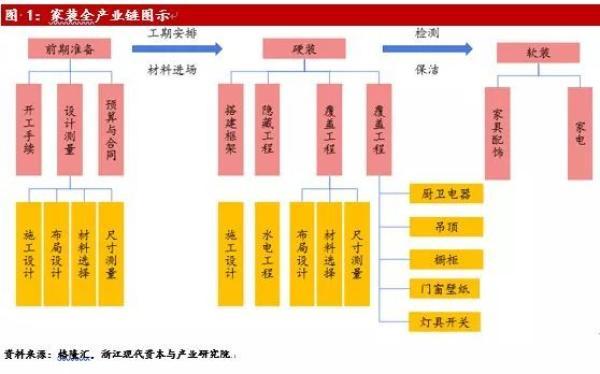
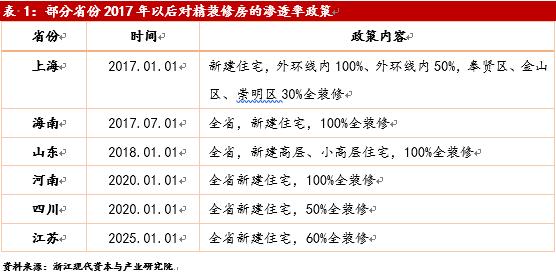
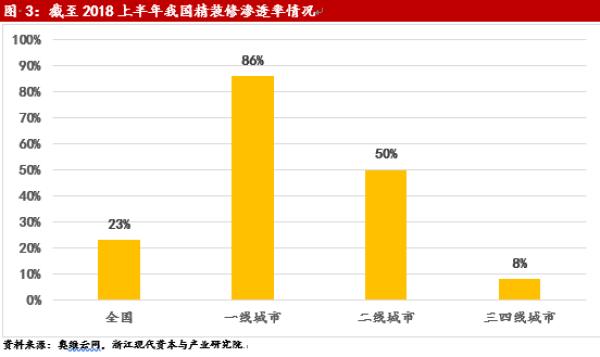
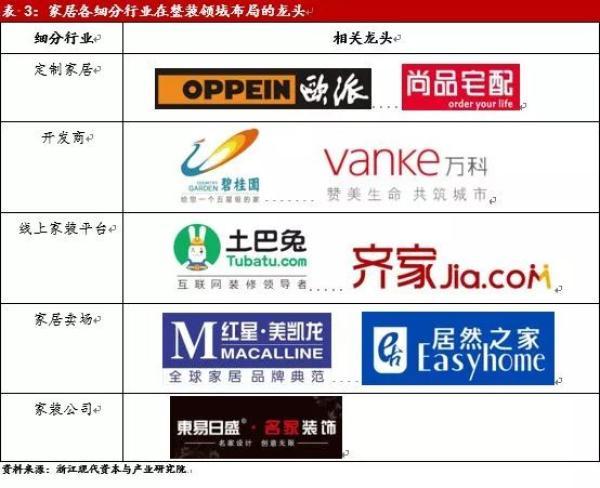
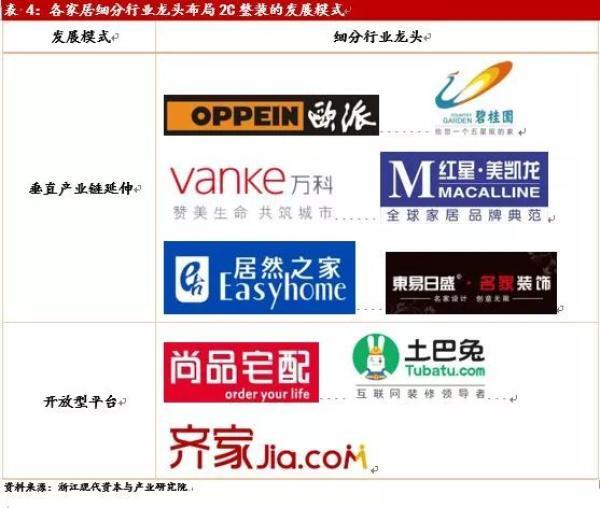
The direction that home furnishing companies can lay out in the field of self-assembly
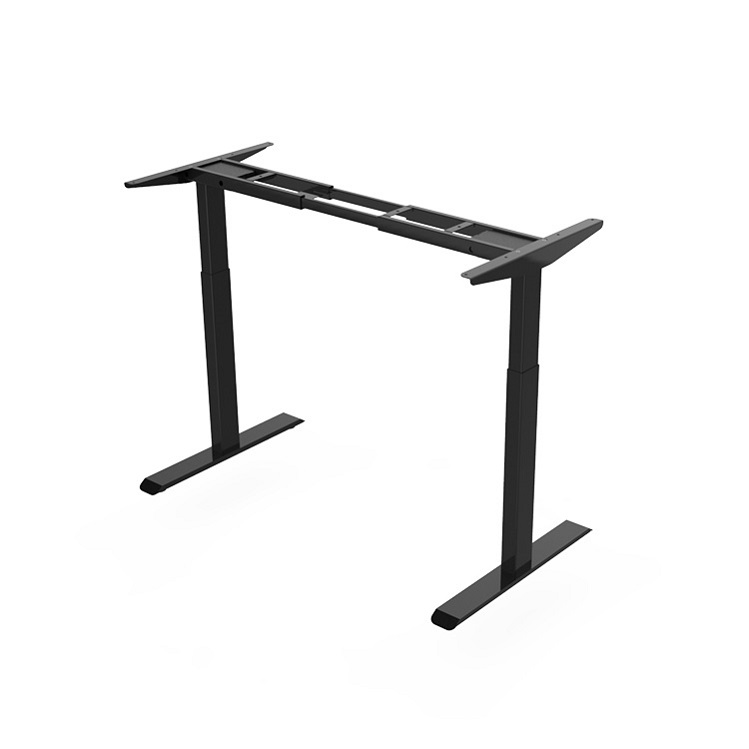
First, traffic entry, design dominance
2C self-contained service development strategy
First, the two development strategies of home business layout 2C assembly
Competition market competition
First, the current layout of the main layout players
The players currently involved in the field of consolidation include the following five leading companies in the industry: